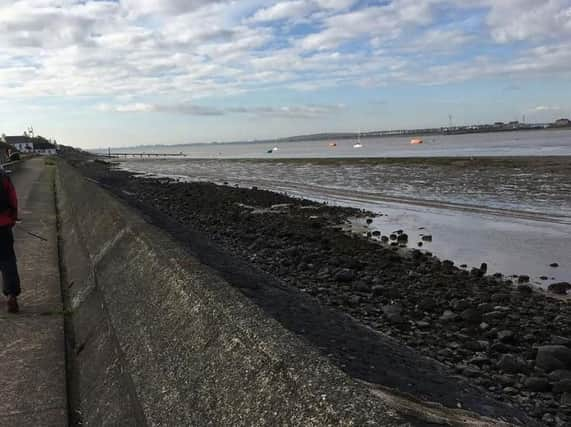Prospect of continuous path around Lancashire’s coast moves a step closer


The long-delayed proposals are part of a government-backed project to make England’s coastline more accessible by linking up existing footpaths and creating new ones.
But Natural England, the body responsible for creating the network, was stopped in its tracks last year – just as it was poised to put forward its vision for the route around Lancashire.
Advertisement
Hide AdAdvertisement
Hide AdA European Court of Justice ruling on a separate case in Ireland meant that assessments of the potential impact of the paths on wildlife habitats had to be reconsidered.
But a meeting of Lancashire’s Local Access Forum (LLAF) heard that details of the stretch of footpath between Silverdale and Cleveleys are now likely to be published in August. Landowners will then have eight weeks in which they can raise any objections and the public can also submit comments.
But Danny Moores, from Natural England, told members that the 50-mile trail would be split into smaller stretches for the purposes of the consultation period in an attempt to prevent an objection to one part of it delaying the whole project still further.
“The proposal has to be approved by the Secretary of State before we can get on with creating the path,” he explained.
Advertisement
Hide AdAdvertisement
Hide Ad“That cannot happen until after any objection has been heard by the Planning Inspectorate, which can hold things up for six months or more.
“So we have created a series of mini-reports which can be approved in their own right and we can start work on those sections straight away.”
The meeting heard that plans for the next stretch of path to be created in Lancashire – running 77 miles from Cleveleys, around the Fylde coast and then beyond the county’s borders to Liverpool – are due to follow in January 2020. That section of the trail has been complicated by the need for a new foot crossing over the River Douglas.
Danny Moores told members that it would be “beyond the coastal footpath programme to fund” – and could require cash form a third party source.
Advertisement
Hide AdAdvertisement
Hide AdLLAF chair, Richard Toon, praised Natural England for its work so far. It’s a massive area to look at and you have had to conceive of every possible complexity,” he said.
There are a total of 66 individual sections of path planned for England’s coastline. So far, only 13 have been completed – with the only open stretch in the North West running from Allonby to Whitehaven in Cumbria.
The Ramblers Association nationally has been active since 2009 in suggesting routes that this continuous path could take around the UK coastline.
The Lancaster and Morecambe group of the Ramblers’ Association said the focus was mainly the creation of new routes as near to the sea as possible, although some existing paths may be suitable.
Advertisement
Hide AdAdvertisement
Hide AdThis local group carried out a survey of the coastline between Silverdale and Cocker Bridge, near Cockerham, and produced a report of their preferred route in 2011. This was circulated to Natural England at that time, but discussions were not held until 2016.
Southwards from Cocker Bridge to Fleetwood and Blackpool, the Garstang Group and Lancashire Area of the Ramblers’ Association also produced reports.
A spokesman for the Lancaster group said: “It is taking far longer than anticipated and the completion date moves ever forward. We are now hoping to hear the results for our section late this summer. August 2019 is the latest projected date, discussions with landowners etc having been completed.”
The Government has committed funding of £5 milion to define a walkable route around the full coastline of England and is estimated when complete to cover 2800 miles.
Advertisement
Hide AdAdvertisement
Hide AdIt is opening in sections and when it is finished, will be one of the longest coastal walking routes in the world.
It has been made possible because of changes that give everyone the legal right to explore England’s coast for the very first time.
As of December 2018, 10 sections covering some 355 miles had already opened for public use, with active work underway on 66 sections.